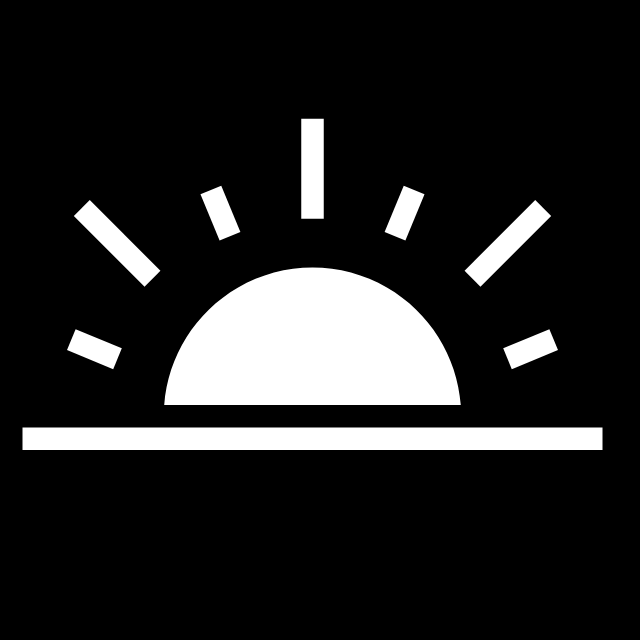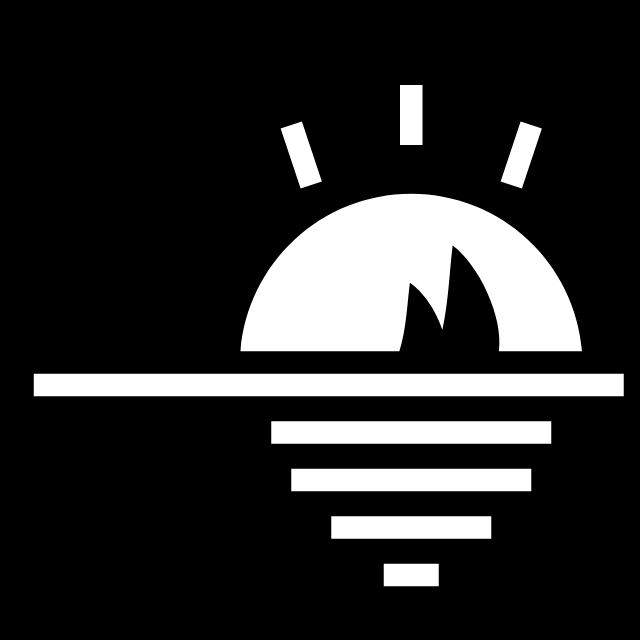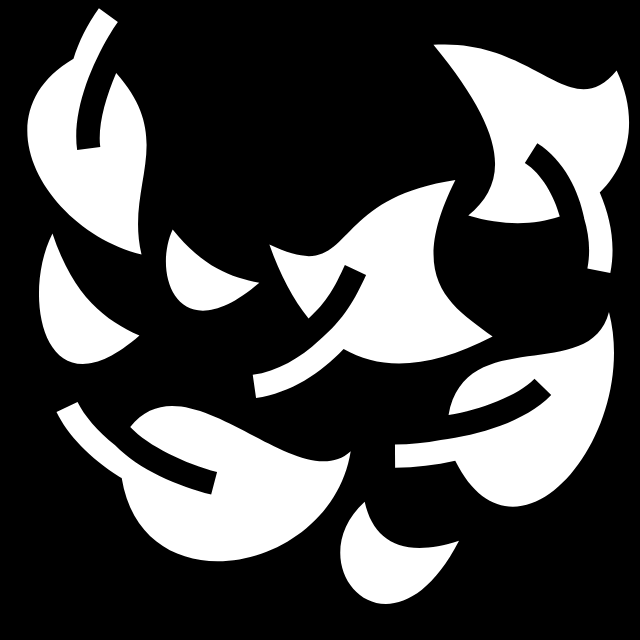Warfare
~Count Ferril Baines, Lion Age 561
War is inevitable, even in the Throne where ostensibly all mankind is one. During these conflicts, mighty forges produce massive shipments of armaments, huge trains of food are rallied and great hosts are put to field. The following systems are used to adjudicate these massive conflicts, which take place between game sessions at the direction of orders that in game commanders give to their soldiers and captains in the field.
Warfare is the domain of the mighty – nobles, knight orders, and other great powers that have built their wealth and authority on force of arms. However, there are others on the field. Heretical armies of the risen dead, the dreaded Warriors of Kuarl who make whole armies look weak by reflection, the savage Orc, raiders and warlords from foreign lands, and of course, other great powers who vie for control over the same resources.
Military Organizations have the ability to train, equip and levy forces and bring them into local theaters to do battle for their own purposes. When the forces arrive, they may be given formal Orders to take various kinds of military actions and postures in the local Theater, such as move to a Province and defend it from attackers, attack another army, or take over a city. Each so-called Force, a large army of soldiers, is made up of individual Units, squadrons of soldiers, sometimes with special roles like Archers, Heavy Infantry or Dragoons, all with their own advantages and disadvantages. Commanders, the characters giving out the Orders, use all of these factors together to achieve their military objectives.
Giving Orders
Attack
The Force will attempt to initiate Battle with the indicated Force, if it can reach it. If victorious, the attacking Force will move into the Province.
Deploy
Raid
The Force will Raid the targeted Province in order to disrupt and claim an enemy Supply Line, destroy Fortifications created with the Fortify Order, and to sack a City. Raid cannot be used on a settlement with hostile Forces present.
Raids reduce Quality on all Resource locations, kill the population of Villages, crop yields and the like are destroyed, destroy machinery, and Characters actively working in that Province are endangered by Risk. More Units in a Force contribute more damage.
Garrison
Rally
Lay Ambush
Defend
The Force will prepare for imminent attack, gaining the Defensive status. This lasts for the Chapter or until another Order is given.
Forced March
Last Stand
Reorganize Force
Orders and Phases
Force Statuses
Defensive
Fast
Unseen
Forces comprised of only one Unit always count as Unseen.
Lying in Wait
The Force gains Unseen, and can no longer surveil their Province. If an enemy Forces moves within their Province, they immediately Ambush. During an Ambush, the attacking force gains an Edge, and gets one round of free attacks on the enemy Force before they can respond. During this special round, all Light Units double their Strength.
If a force Lying in Wait is attacked first, the attacker gains an Edge. Lying in Wait ends after its first battle or if given a different order.
Out of Supply
Inspired
The Force has excellent morale, and gains +1 Fortitude and Strength. Inspired ends if the Force gets Despair, or at the end of the Chapter.
Last Stand
Disarray
Supporting
Garrisoned
Fatigued
Fatigued forces are ill prepared to fight. They lose half their Fortitude and Strength, rounded up, and Forces that attack them gain an Edge. Fatigue ends at the end of the Chapter unless something is maintaining it, such as being Out of Supply. Forces can’t take any action that would Fatigue them if already Fatigued.
Despair
The Force’s morale is shattered, losing 2 Fortitude for each Unit. Units that lose all their Fortitude this way disband.
Forces, Units and Formations
A Force may have 3 Archers and 3 Spearmen. The two examples below indicate two possible formations that such a Force could take. When a Battle occurs, the Formation will play a large role in the outcome. Different Units’ special abilities will make certain kinds of Formations more advantageous to them, and the Commander will also want to think about how best to counter their enemy’s Formation. Formations can be any positions that the Commander chooses, and they can be changed later with a Reorganize Force Order.

Archers

Archers

Archers

Spearmen

Spearmen

Spearmen

Spearmen

Archers

Spearmen

Archers

Spearmen

Archers
Rows
Forces can have up to two Rows. Units in the Back Row act as reserves for the Unit ahead of them, sliding forward to replace them if that Unit falls. Units with the Ranged or Opportunist traits are able to attack from the Back Row.
Using both Rows is optional.


















Fortifications add a special Row in front of the first. These are usually Walls that were already present in the area. The Defender in a battle can automatically make use of any Fortifications when they are attacked.



















Fortifications act just like any other Row of Units, except that Fortifications do not slide if some are destroyed.
If there are not enough walls to protect all of a force’s Units, the remainder are outside of the Fortifications.
Battle
Battle occurs whenever one Force attacks another. Some factors give a Force a special advantage called an Edge. Whichever Force has the greater number of Edges has Advantage during the Battle, or the actual field battle between the two Forces. Advantage means that every Unit in that Force gains a +2 Strength bonus, and some Units get a special ability whenever they have Advantage.
Other Factors may play into bonuses and penalties as well, including the weather and terrain. For instance, during Winter, Light Infantry are cold and have less Fortitude, and on Plains, Cavalry Units have additional Strength.
Finally and ultimately, even for the finest Commanders, chaos rules the battlefield. A random factor called the Chaos of Battle is rolled in the form of 2 six-sided dice, applying Strength bonuses or penalties to each side. Chaos of Battle is re-rolled each Round of the Battle.
A Commander may elect to personally oversee the battle of their Forces using the Wage War Downtime Action. If the Commander takes this action, their presence and direct command on the field gives a bonus to the Chaos of Battle roll equal to their Morale Skill. However, the Commander is subject to Risk, and may be injured, maimed, or even killed in the fighting, especially if their Force loses the battle.
Chaos of Battle
Roll Result Bonus
2-3 -2
4-5 -1
6-8 0
9-10 +1
11-12 +2
The Units are set side by side, centered each Force’s middle Units.
Each row of Units attacks the one across from it simultaneously, doing it’s Strength in damage to the other Unit’s Fortitude.
If the Unit runs out of Fortitude, it enters the Fleeing state and moves to a special Row behind the battle. Fleeing units no longer fight but might still take additional damage. Every unit can suffer additional damage equal to their Commander’s Morale before being Destroyed and removed from the Battle.
Fleeing
Back Row
Front Row







Remaining Units will slide first forward (if they were behind the Unit that fell), then upwards or downwards toward the center point of the battle to take the place of the fallen Unit. If they haven’t been able to make any attack yet this round, sliding units will do immediately.
After that, a new round of simultaneous attacks begins. If a Unit never has an enemy Unit across from it, it can’t attack anything unless it has a special ability to do so.
When one Force’s has no Units that remain fighting, Units with the Ranged, Flanking or Opportunist: Fleeing Units traits may make one additional attack on the nearest Fleeing Unit. All Units that are not Destroyed successfully flee the battle.
The losing Force Routes, it gains the Despair and Disarray statuses. Any Units that were Destroyed are removed from the Force. Fleeing Units regroup and remain in the Force.
The defeated Force retreats through a Friendly Province along its supply line, or else in a random friendly Province if it cannot do so. If a Force has no way to flee through a friendly Province, the entire Force is annihilated. The victorious Force gains Battle Experience and becomes Inspired.
If a Commander sends forces that are levied, press-ganged or enslaved to their deaths, the Commander gains Mortal Vanity. Warriors who serve Warlords do so willingly, so losing a battle is not cause for sin (though the enslaving of Thralls or Jharad remains Mortal Vanity).
Logistics and Strategy
The outcome of a battle is often determined long before the first attack. Managing all of the strategic factors of Warfare is difficult, and many factors influence the results. As mentioned above, various Status effects may cause crippling disadvantages to troops, or vastly change the outcome of battles. A Commander that can take advantage of all of the different factors that go into Warfare would be a nearly unstoppable force, even with meager Units, but likewise, attacking these infrastructural points so carefully managed is a viable strategy for similar reasons.
The following are some additional factors that influence a battlefield.
Terrain

Plains
Cavalry gain 2 Strength
Unable to Declare Ambush.

Hills
Skirmishers gain 1 Strength
Unable to Declare Ambush.

Swamp
Cavalry lose 2 Strength
Heavy Units lose 2 Strength

Forest
Cavalry lose 1 Strength
Ranged Units lose 1 Strength

Mountains
Cavalry lose all Strength
Ambushes grant an additional Edge.
Skirmishers gain 2 Strength, 1 Fortitude

Water
Only naval forces can move and fight on water
Season

Spring Rains
Cavalry lose 1 Strength
Ranged units lose 1 Strength

Autumn Wind

Summer Heat

Winter Cold
Light Units lose 1 Strength
All Units reduce Movement to 1
Levying and Supply
Units are levied from the local population by the Rulership. When the Ruler or the Marshal calls the Levy, population from the local region become soldiers of the appropriate Culture. Expending Military Supply alongside this Levy can create soldiers of different types. If Military Supply is acquired later, either through plunder or production, it can be used with the Reorganize Force Order to change the type of soldiers. Likewise, the Reorganize Force order can be used to remove Military Supply from given soldiers to use elsewhere. A Warlord’s Forces do not change types when adding Supply – see their section for details.
All Levied Forces in the Theater need a constant supply of Rations in order to keep from being Out of Supply. Each Military Unit needs 1 unit Rations in order to stay fit. These are sent along the Supply Line through the most direct path to a given Force. Forces do not need these supplies the first Chapter that they arrive, but do need them every Chapter thereafter that they remain in the field. For this reason, many Commanders favor fewer, higher quality Units over giant mobs of hungry novices. Forces that disband due to lack of Supply usually become a rogue army and raid to get food or express their discontent.
Forces may be sent home to their original homes by sending them a dismissal order, causing the Force to disband and return. This may become necessary to conserve food, or to send important forces home to help relieve a Military Crisis in the homeland. Doing so removes them from the Theater, returns their Requisition to their home City and provides a temporary bonus to their home city’s Military Defense.
Supply Lines are Unseen, but if located, can be Raided by enemy Forces. If this happens, any goods that were traveling along that Supply Line, such as Rations or other Military Supply are captured by the enemy, and the Force they were bound for goes Out of Supply.
Loot and Plunder
Military Forces can perform the Raid action in order to destroy enemy emplacements, often enriching themselves in the process. When a Battle occurs, the a Charnel Field remains behind full of twisted corpses and rusting armor. These sites can be rich with the grim harvest of war, but also tend to attract corpsers, ghosts, hags, and necromancers who make ghastly use of the place as well. If a Labor Downtime Action is spent at a Charnel Field, some of the equipment can be stolen from the corpses. Labor can also be spent to bury the dead in a mass grave and remove the Charnel Field. The Mithrihim Ritual Battlefield Ceremonies can also be used to bury the dead with their equipment and forgive the sins of the Commander who sent the soldiers to their deaths. Charnel Fields that are not buried eventually find their way into becoming other sorts of problems – often rising again as wandering armies of the dead.
Forces can also take Supply from the Raid action. Raiding an enemy Supply Line, once located, captures any materiel that was being transported along that line – usually Rations, but also any additional Supply such as Military Weapons or Military Armor that is being transported along during that Chapter because of a Reorganize Force Order. As well, a Raiding Force can raid a settlement such as a Village or a City. If a Force can successfully perform a Raid on a Village, it gains 5 Supply of the kind that the Village produces, damages the Village and drives away the populace. If a City is Raided, for each Unit present, a unit of Population is killed, a building is destroyed, and if the Treasury is present, it is looted of its contents – though they still may need to find a way to transport the goods.
Cultural Advantages
Not every Commander is the same. There are many military theories and doctrines, and these take advantage of different aspects of warfare and emphasize different kinds of tactics and strategies. This doesn’t only apply to the Commanders, but to the rank and file soldiers as well. Cities within a specific cultural region are able to levy additional Military Units. The details of the Cultural Units are addressed under Military Units.
Gothic
Gothic commanders are used to taking command of combined forces in war, and thus other Commanders may issue Support Orders targeting them for free.
Cultural Unit: Flamberges or Zealot (Pontifical Gottreich)
Rogalian
Rogalian Commanders are famed as some of the finest strategic thinkers in the Throne, able to perform complicated maneuvers with ease that other Commanders would require weeks to plan. Rogalian Commanders deliver the Reorganize Force Order for free at any time, without consuming any Orders.
Cultural Unit: Longbowmen
Dunnick
Dunnick Commanders are used to fighting larger, slower armies using guerrilla tactics, and habitually camp prepared to strike. Stationary Dunnick Forces are always considered Lying in Wait, and they may still survey nearby provinces.
Cultural Unit: Tacksmen
Hestralian
Hot-headed Hestralian soldiers automatically treat Deploy orders as if they were an Attack Order for any enemy Force they come across, even without being otherwise aware of the unit (excluding Unseen Forces)
Cultural Unit: Marines
Njordic
Cultural Unit: Væringjar
Capacian
Capacian Commanders crush their foes with overwhelming maneuverability. If the Commander’s Force has more cavalry than their opponent, they gain an Edge.
Cultural Unit: Cuirassier
Shariqyn
Cultural Unit: Fedayeen
Surveillance and Scouting
All Forces send outriders and other scouts in order to keep watch on enemy positions, and they will send this basic information back to their Commander during Forum so that the Commander can make informed decisions.
Surveillance reports include the following Information:
The Force’s current disposition and location, a report of what they experienced during the previous Chapter.
The location and size of Forces that are not Unseen (Forces comprised of only one Unit always count as Unseen) within 1 Province of the Force.
For more detailed information, such as the presence of Unseen Forces, Supply Lines, Points of Interest in a Province, and the Formation and Units in an enemy Force, a Scout is required. Scouts are characters with the Vigilance Skill that journey out to survey a Province in person as a Downtime Action, gathering the above Information.
The Scout’s Vigilance is compared to the Force Commander’s Morale. If the Scout has superior or equal Vigilance, they successfully complete the mission, otherwise they cannot get close enough to scout the defenses without getting captured or killed by enemy patrols. Scouting is often dangerous, and the character is subject to Risk when taking that action.
For more information about Military Units, their specific advantages, and how they perform in battle, see Military Units.
